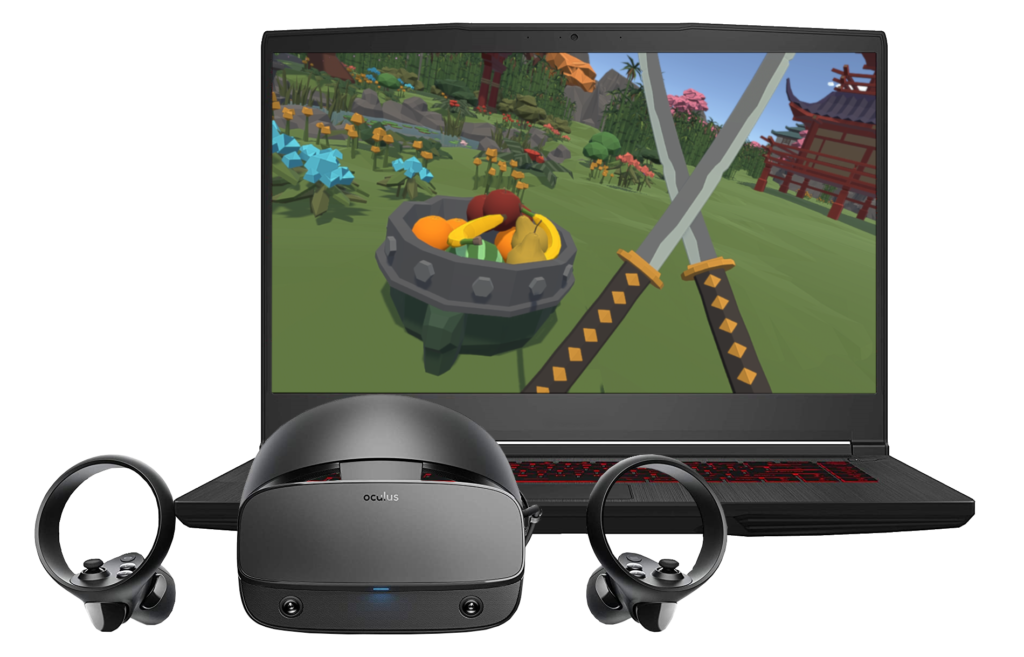
Monocular Fixation in Binocular Field (MFBF)
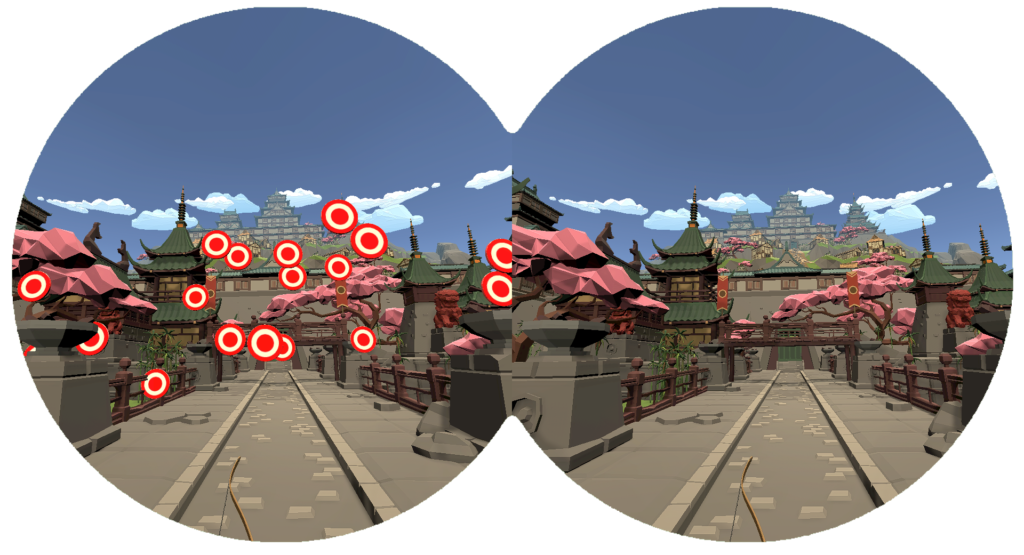
Contrast Brightness Blur
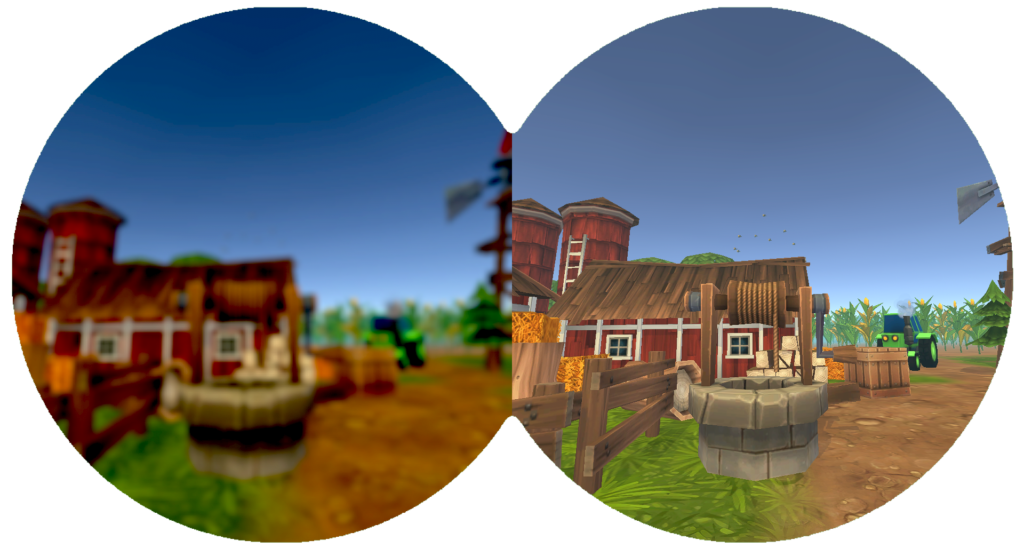
Vergence & Torsion
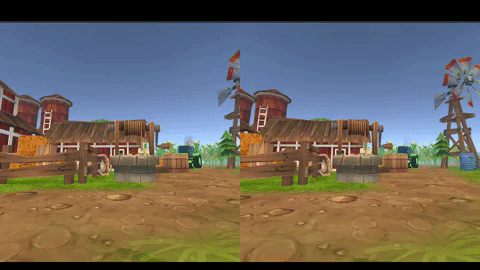
The ability to adjust the vertical and horizontal angles (Base Up, Base Down, Base Left, Base Right).
Adjust the torsional angle of the eye’s visual axis
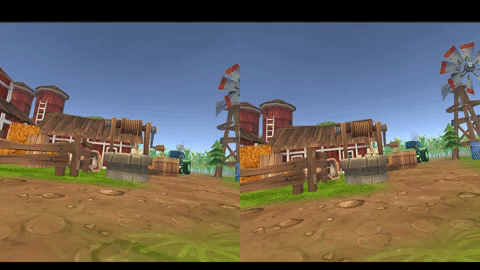
Our system has the ability to oscillate the angles in a smooth or jump motion.
Activities
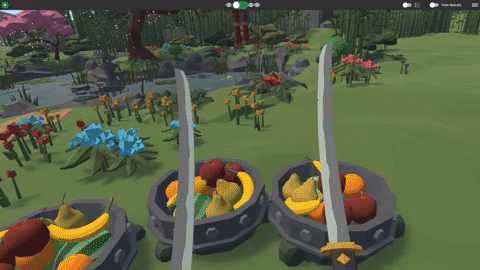
We have activities that focus on eye-hand coordination while simultaneously working on the your ability to react quickly. Fruit Samurai and Ice Breaker are great exercises that present a stimuli and require a prompt response in order to succeed. Whether it’s chopping fruit or break ice cubes, everyone will enjoy how interactive and realistic the actions feel in virtual reality.
Grid Shooter is an activity that tests your ability to memorize and recall patterns. We make visual memory exercises more immersive by creating fun visual environments and unique ways for you to interact with the virtual world.
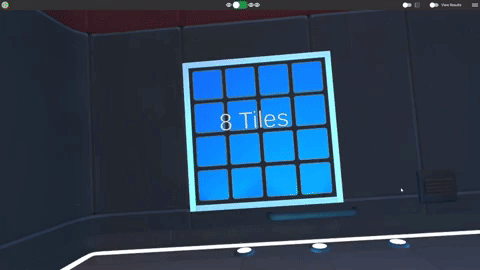
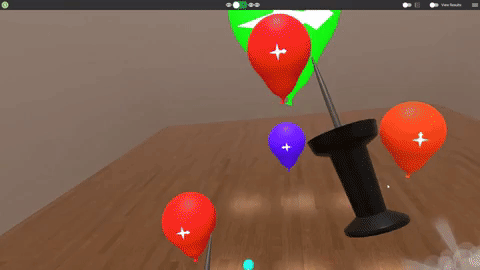
Color Discrimination and Contrast Camouflage enhance your color and detail awareness. We make interactions more fun by allowing the you to physically reach out, touch, and grab objects in the virtual world. For an activity that works both reaction and visual discrimination, pop all the balloons that have the matching target symbol in Precision Pop.
Star Search is an fun way to actively engage your periphery. While using your central gaze to focus on the earth, use the peripheral vision to spot the stars around the earth and collect as many as you can.
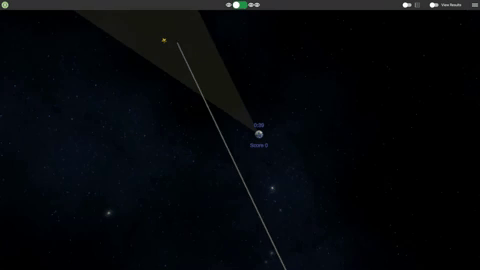
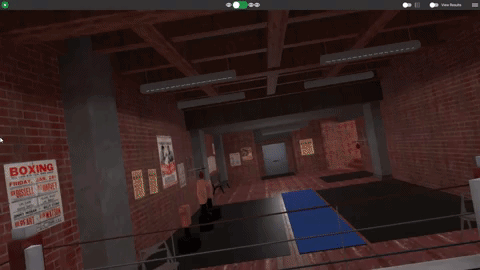
With Virtual Reality we can simulate realistic environments that look and feel like the real world. Bomb Boxing is a Go-No Go activity that puts you in a boxing ring where you need to turn and pay attention to your entire environment while punching the colors that match your gloves. In Ranger, we simulate realistic archery physics, even simulating the tension you feel when drawing back a bow. Test your speed and accuracy in both these sport activities.
Brain Bounce is a multiple object tracking activity that requires soft focus, and visual memory succeed. You are presented multiple spheres and must remember the location of the target spheres as they bounce and move around the room.

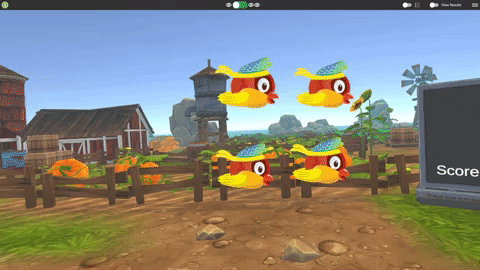
Tappy Bird is a fun way to work on depth perception. Tap the bird that is at a different depth from the rest in Odd-One-Out mode, or from closest to furthest in Near-To-Far mode. This activity can also be customized to work on depth at close range or depth at a distance up to 20 feet away.
